The best lenses for the Nikon D850 in 2025: top-notch glass for Nikon's best-ever DSLR
Only the very finest lenses will get the best out of the Nikon D850's high-res full-frame sensor, and here are my top picks
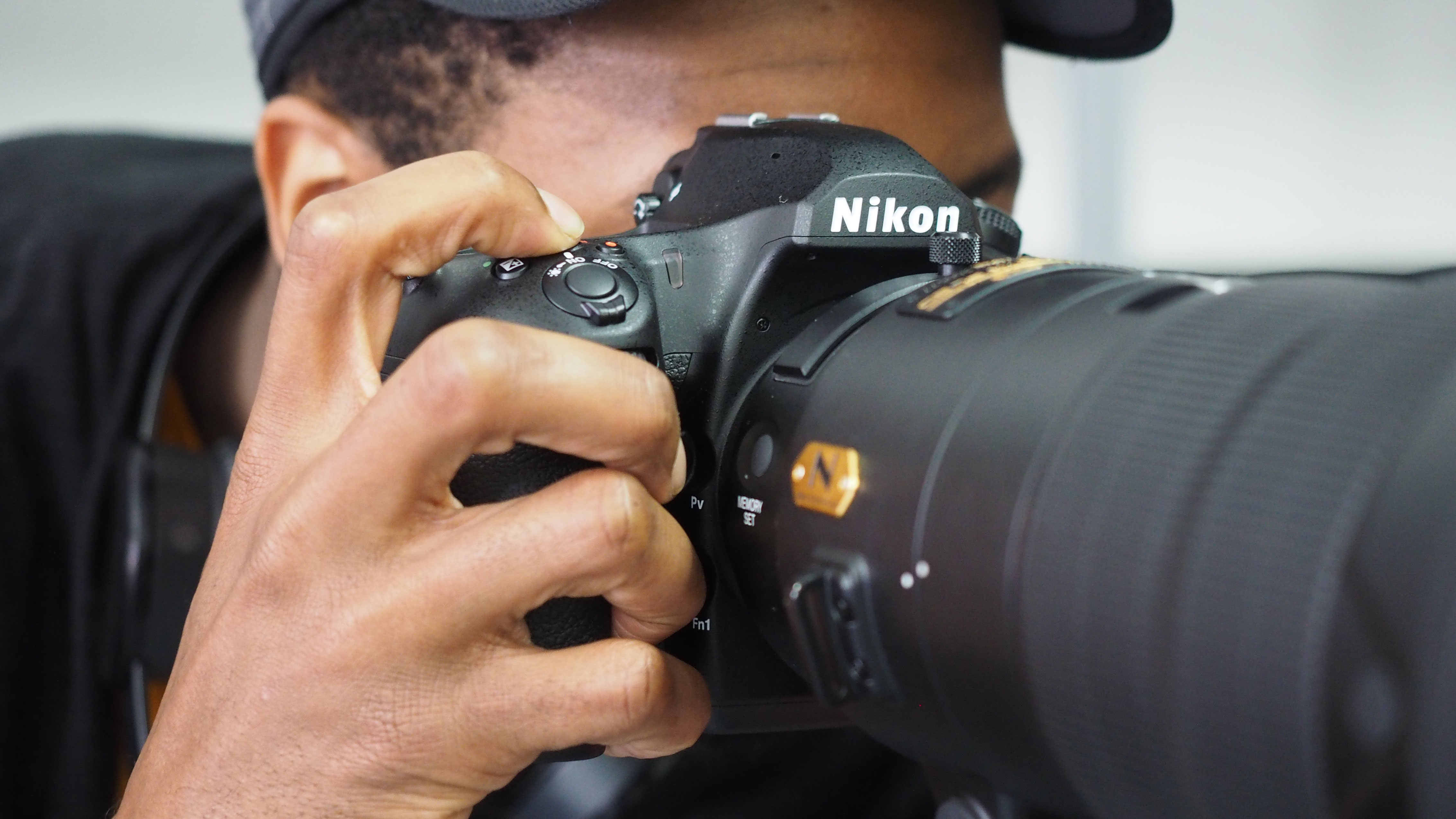
Aimed at professionals and serious enthusiasts who want to take their photography to the max, the Nikon D850 DSLR still packs a punch in the mirrorless age, with high-res 45.7MP stills and 4K video capture. However, that high-resolution sensor will highlight any optical anomaly in lenses attached to it, so only the best will do it you're to attain the clearest, sharpest shots.
Almost every F-mount lens on offer is compatible with the Nikon D850 but there are only a few you should lean toward to achieve ultimate image quality. Nikon’s 'trinity' zooms consist of three f/2.8 lenses that cover focal lengths from 14mm all the way up to 200mm in an attempt to negate the requirement for any other lenses in the kit bag. However, there are a few key lenses that I feel are worthy of inclusion in this guide, including some fast primes renowned for their optical quality.
Vibration Reduction is important for photographers hoping to shoot in low light or with longer focal lengths. Speedy autofocus, controls on the lens barrel, and sleek, lightweight designs are equally important, so that every moment can be captured in sharp focus. Here are my top picks for good-quality glass befitting of your D850.
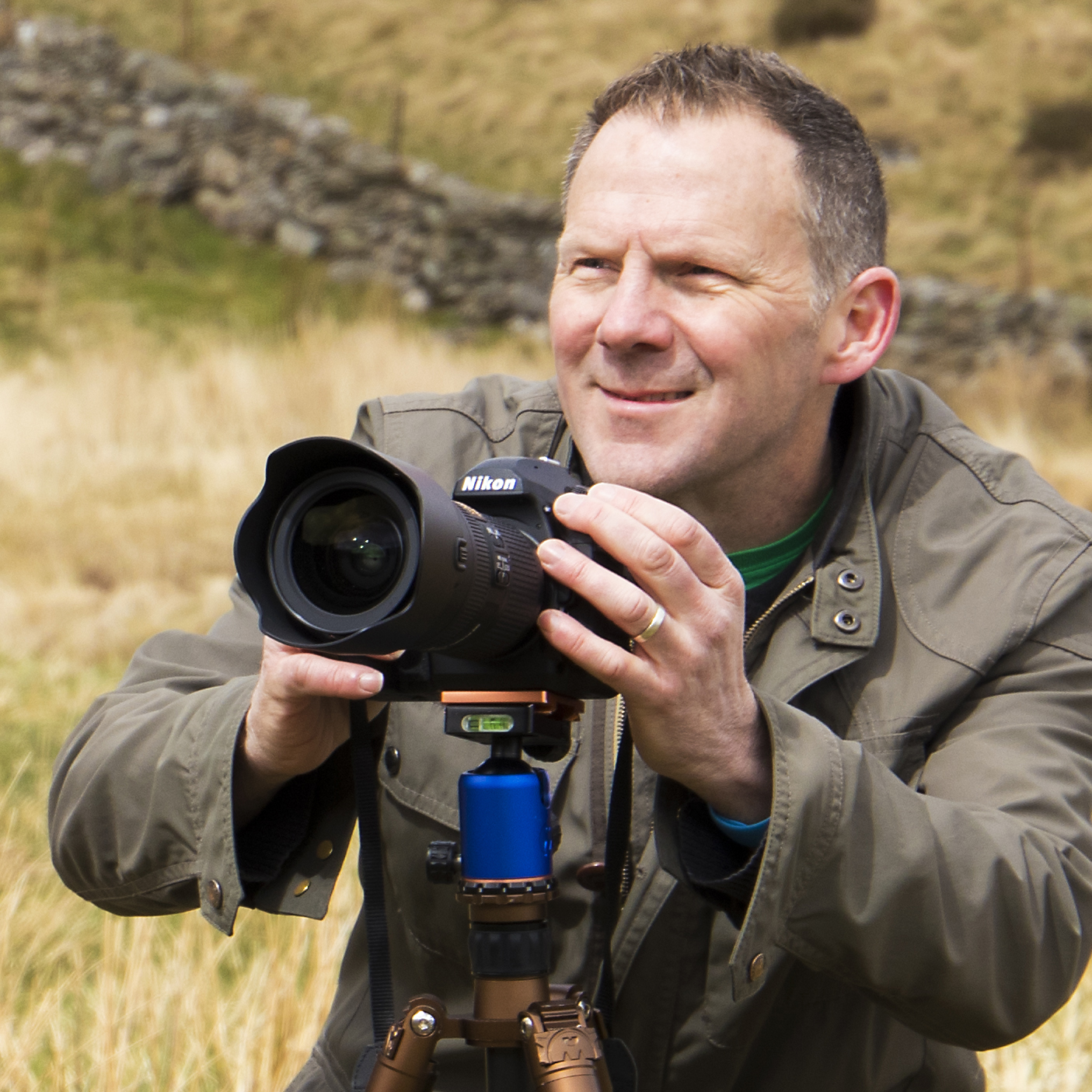
Adam Waring is Digital Camera World's Guides Editor and was formerly Editor of N-Photo, a magazine aimed at Nikon enthusiasts. He bought a Nikon D850 on its launch back in 2017 and is our in-house expert on all things Nikon.
The Quick List
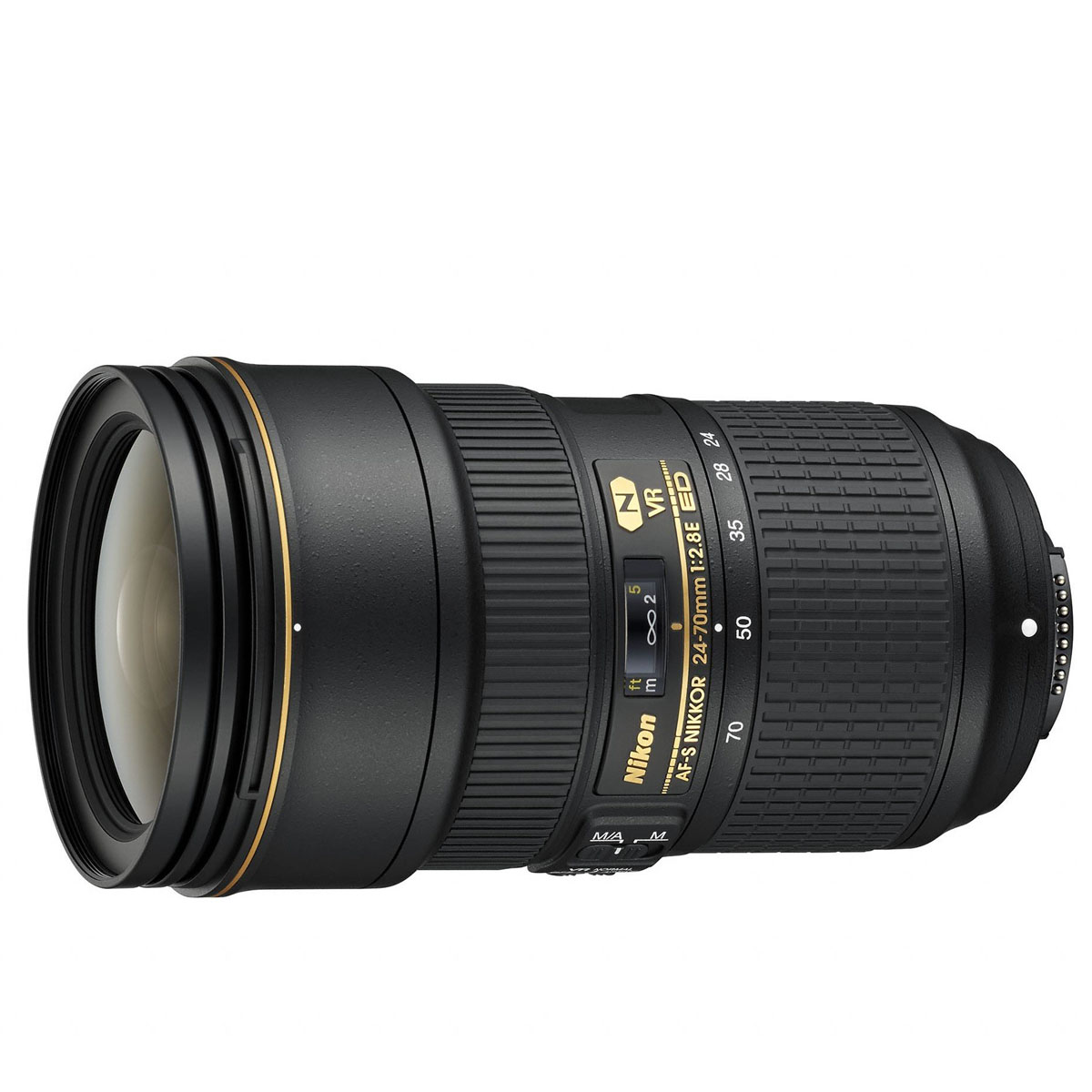
A staple in many Nikon shooters’ kit bags, this lens is the do-it-all answer to most photography assignments.
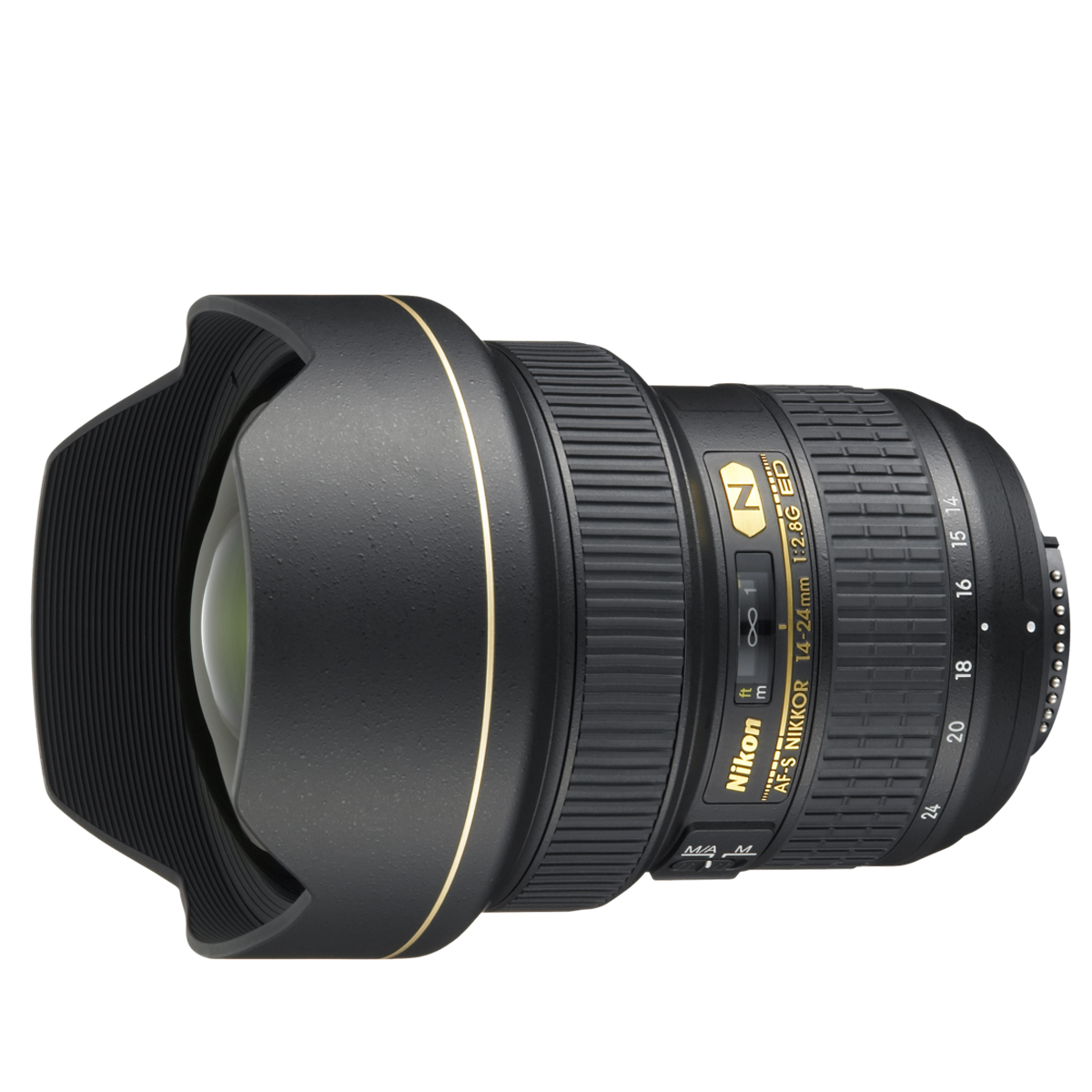
This zoom comes with a sweeping range of wide perspectives that comes in very handy for landscapes, interiors and more.
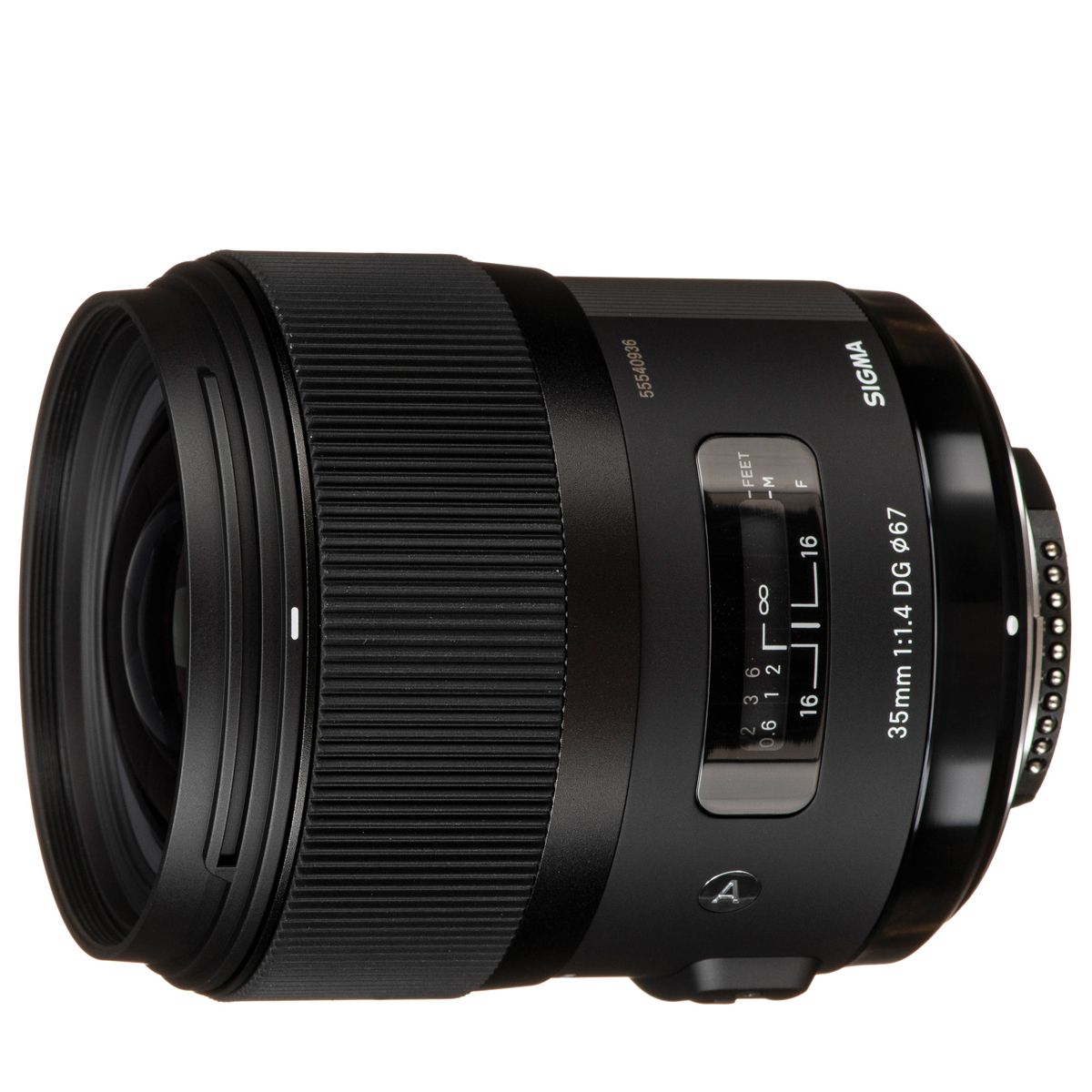
I love that this prime costs way less than Nikon’s equivalent model, yet boasts top-notch image quality and a wide aperture.
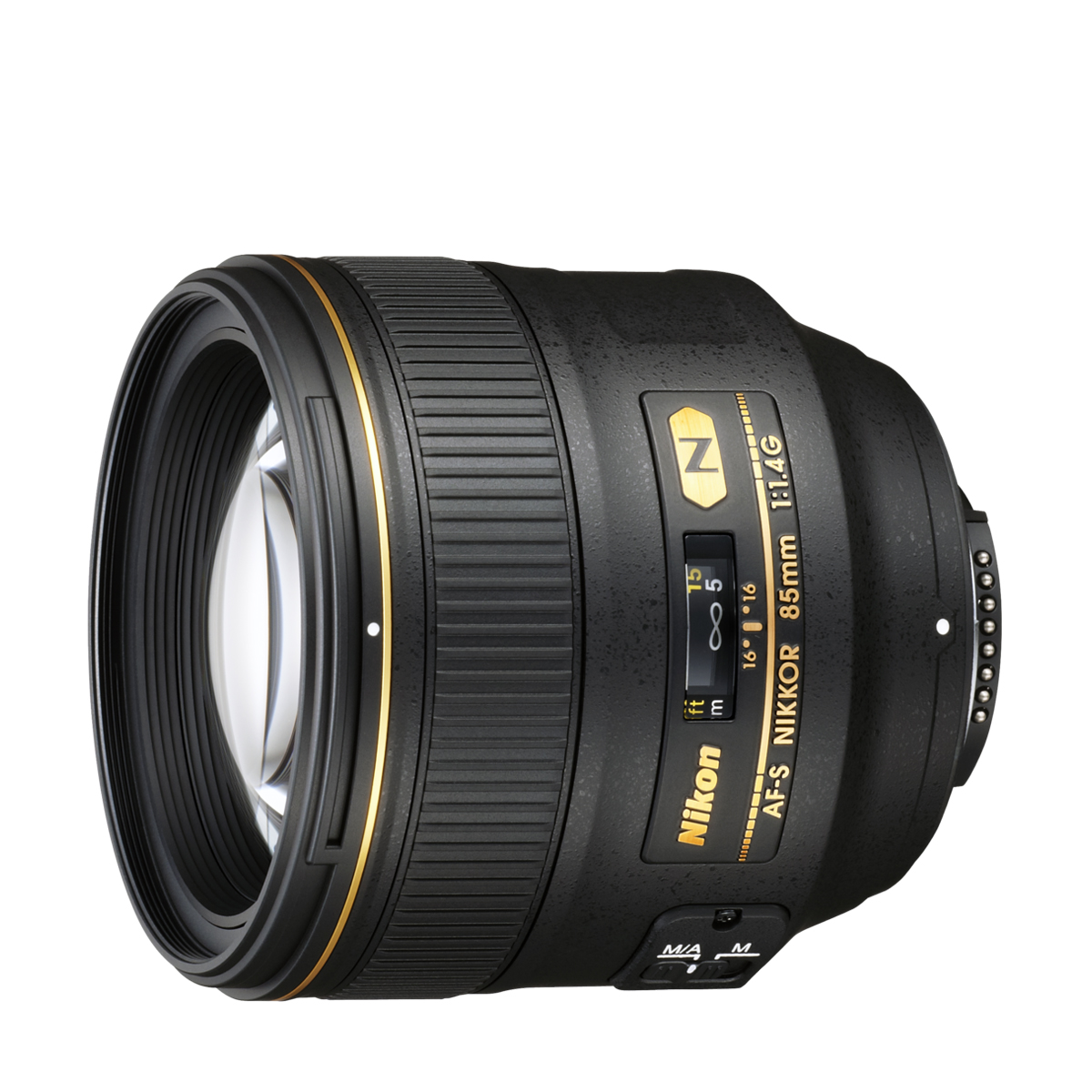
The balance between the focal length and the wide aperture on this prime makes it a perfect lens for portraiture and still life photography.
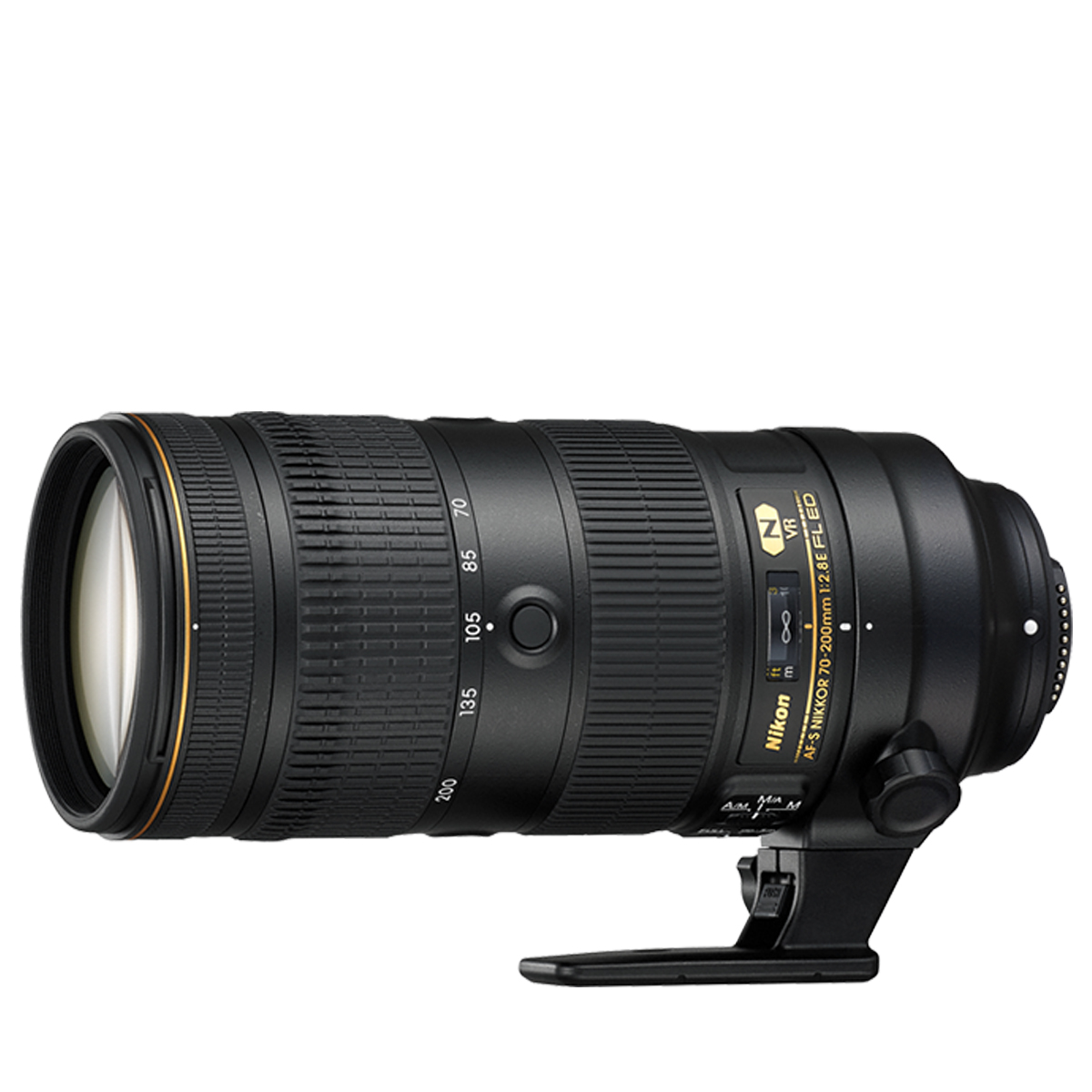
A fast, constant aperture, powerful four-stop Vibration Reduction and superior lens coatings make this perfect for event photography.
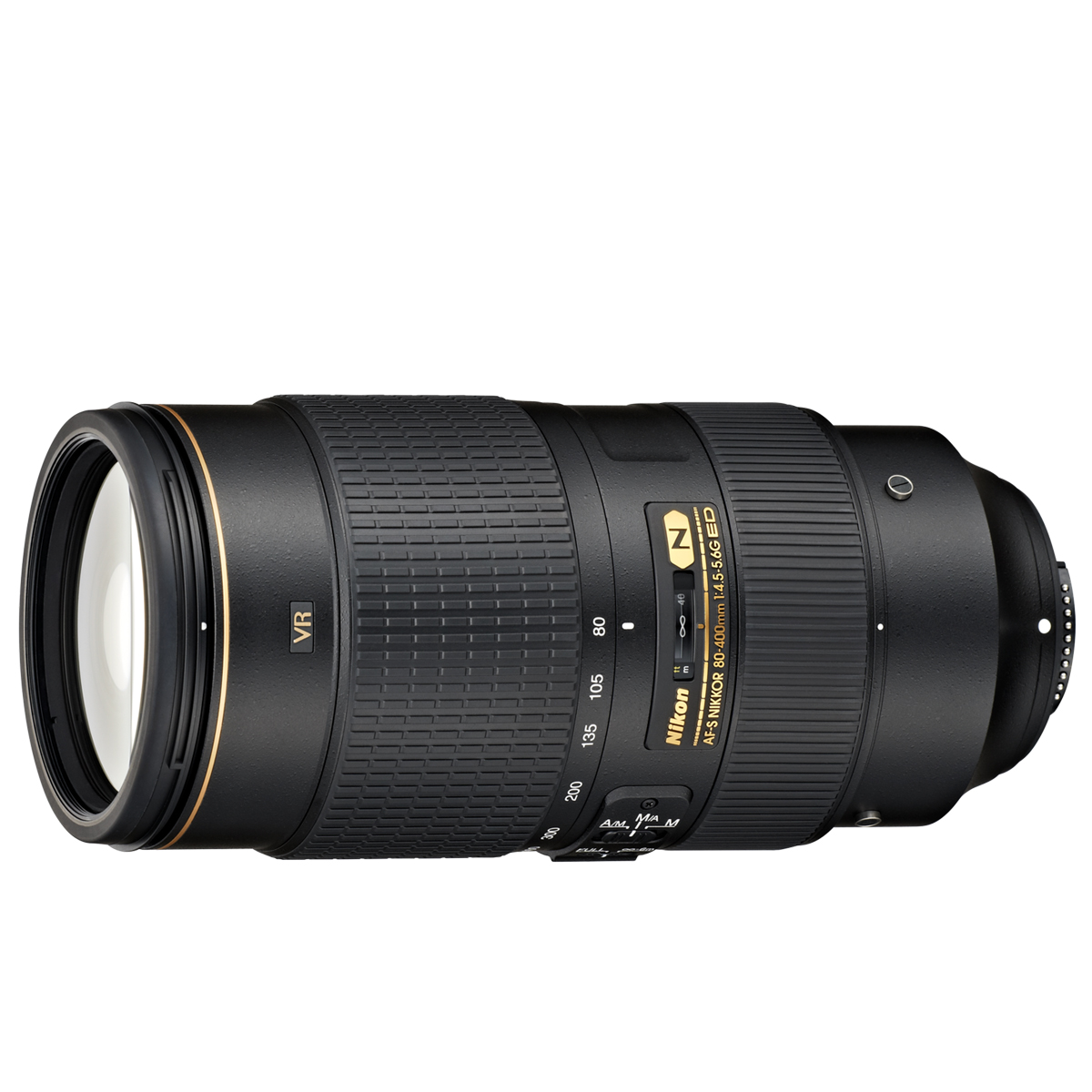
What you lose in aperture rating, you make up with lightness of weight and lightness of price, and performance is impressive.
View the full list ⤵
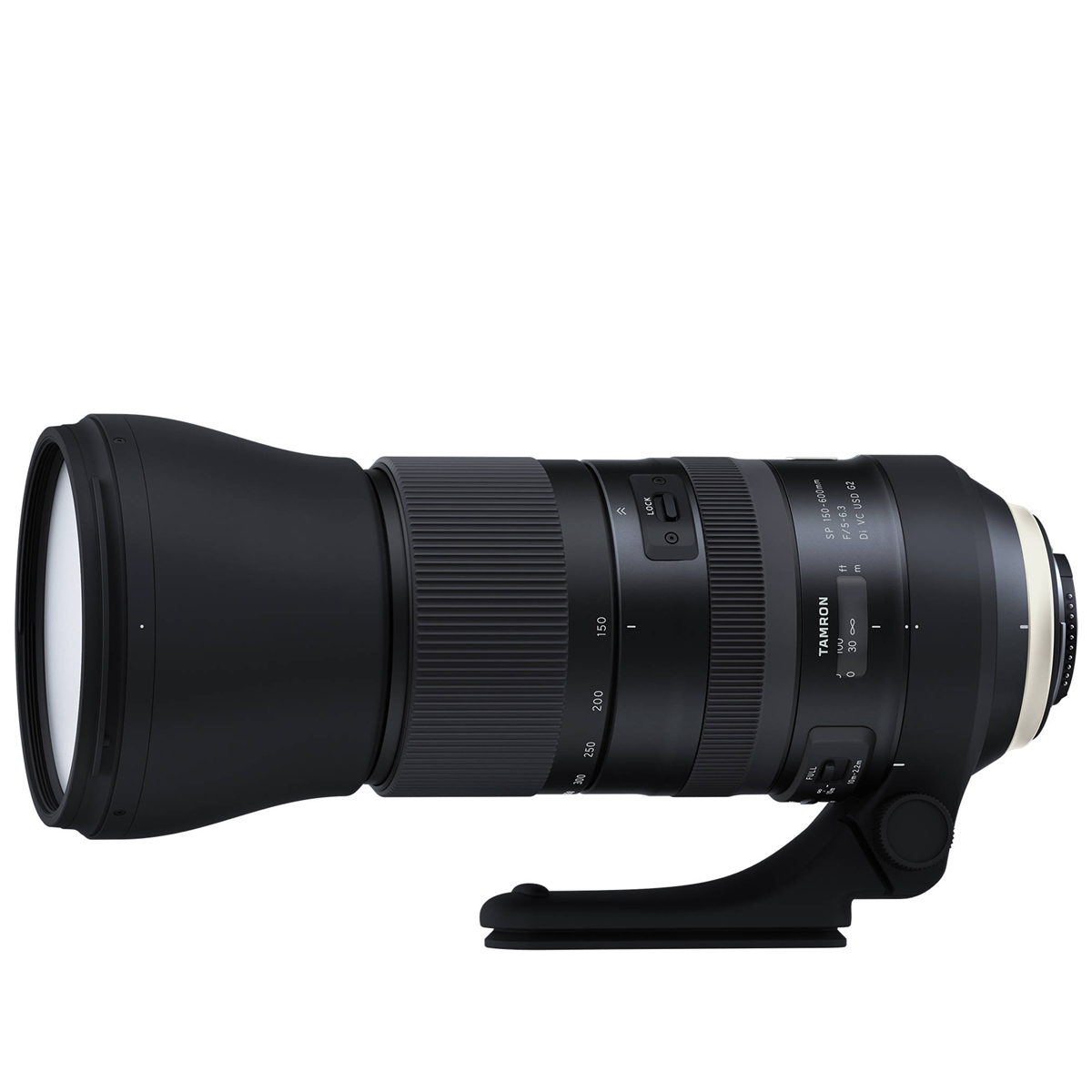
This is a strong choice for sports, action and wildlife shoots, with quality optics, image stabilization and responsive autofocus.
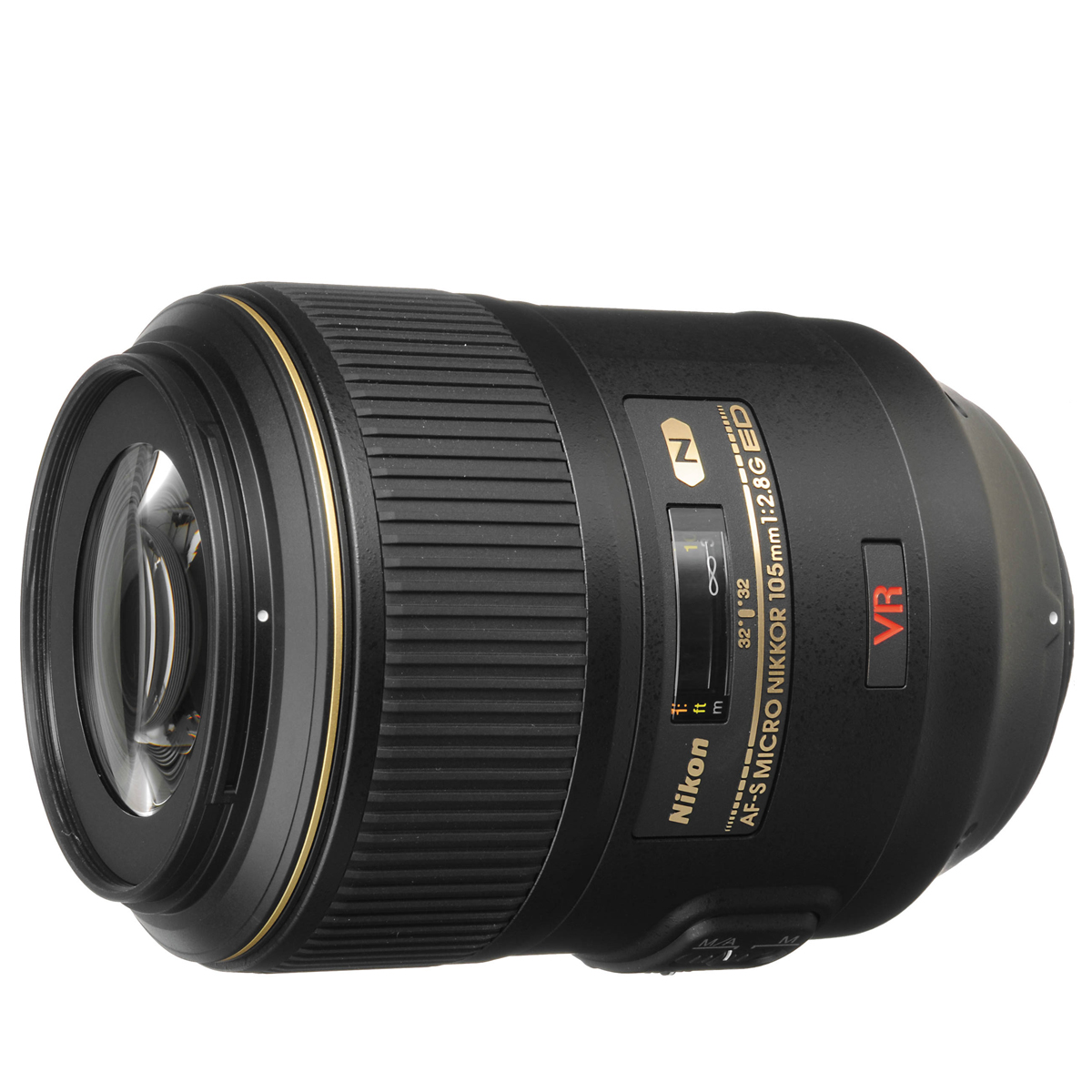
This is Nikon’s best macro lens for F-mount cameras, with lifesize magnification, speedy autofocus and impressive sharpness. Read more below…
Best lenses for the Nikon D850
Why you can trust Digital Camera World
Best everyday lens for the D850
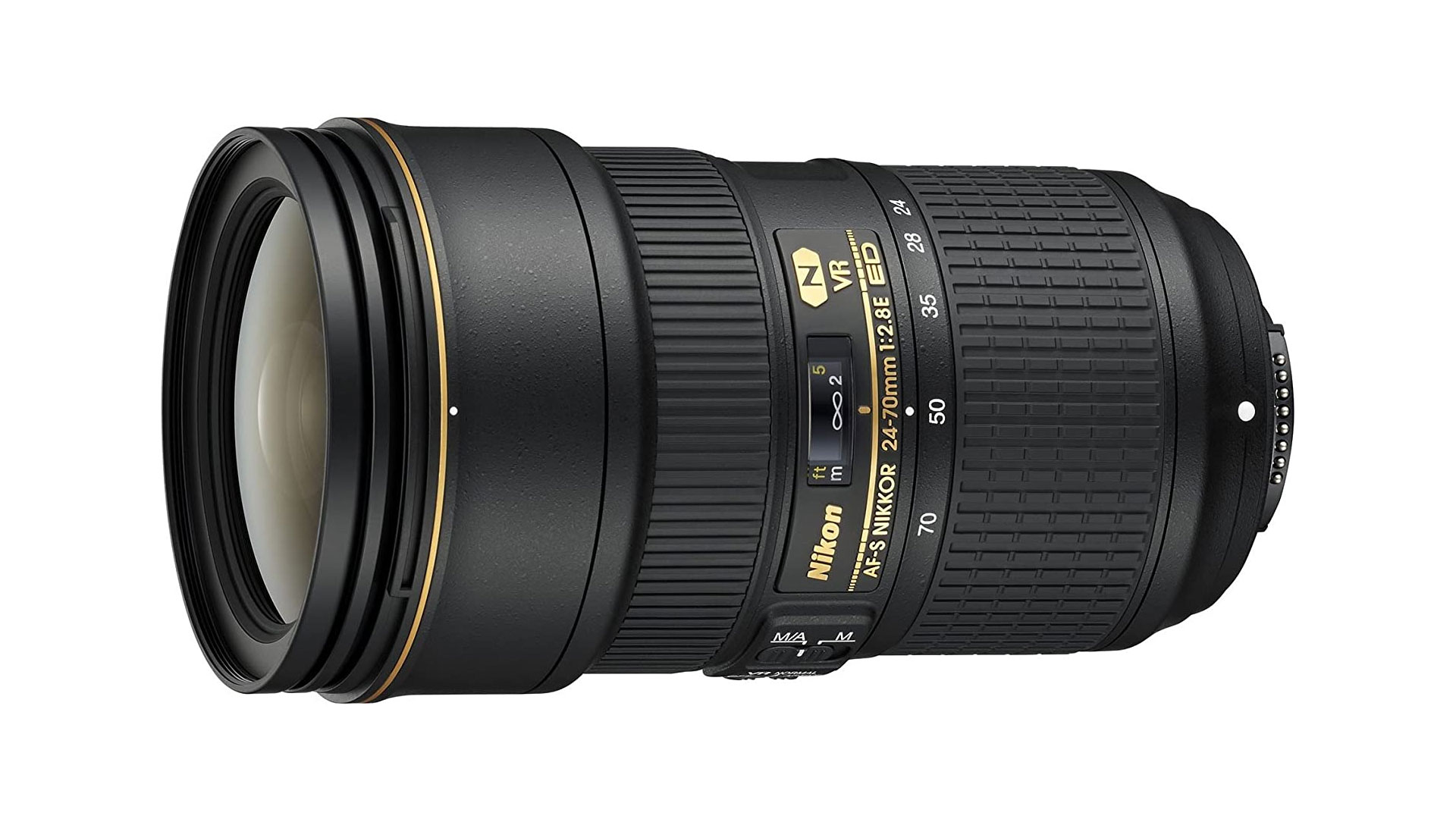
Specifications
Reasons to buy
Reasons to avoid
A staple in any professional Nikon shooter’s kit bag, this lens is the do-all answer to almost any photography assignment. It’s flexible enough to shoot wide-angle and telephoto with just a twist of the zoom ring, has a fast aperture of f/2.8 for isolating subjects from the background, and is superbly sharp throughout the zoom range from edge to edge.
It’s a little heavy and certainly not cheap, but paired with all 45.7MP of the Nikon D850’s image sensor it produces stunningly clear photos that are almost impossible to surpass. Its autofocus is lightning fast and the Vibration Reduction of four stops supports the longer end of the focal length range to maintain steady and clear shots.
Read more: Nikon AF-S 24-70mm f/2.8E ED VR review
Best wide-angle lens for the D850
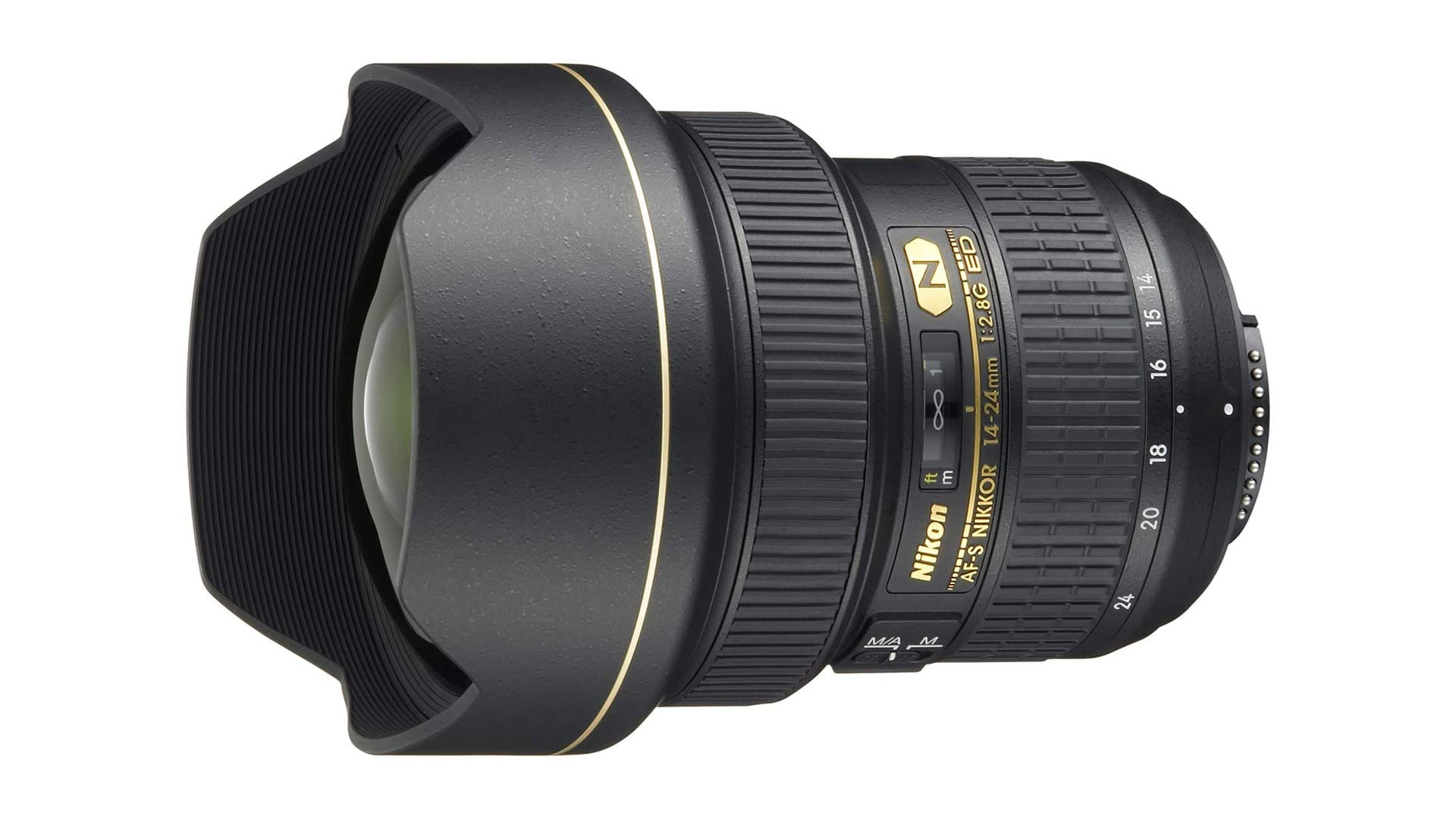
Specifications
Reasons to buy
Reasons to avoid
I feel that this is the best ultra-wide angle lens overall for the Nikon D850. Its 14-24mm gives a great range of ultra-wide-angle perspectives and it has epic build quality and handling. A fast and constant f/2.8 aperture with a huge field of view makes it perfect for astrophotography, wide landscapes, cityscapes, and real-estate photography.
D850 owners should be aware that there’s no front filter attachment for this lens because the front element protrudes so much, but that's what I've come to expect with many such ultra-wide-angle lenses.
Read more: Nikon AF-S 14-24mm f/2.8G ED review
Best street photography lens for the D850
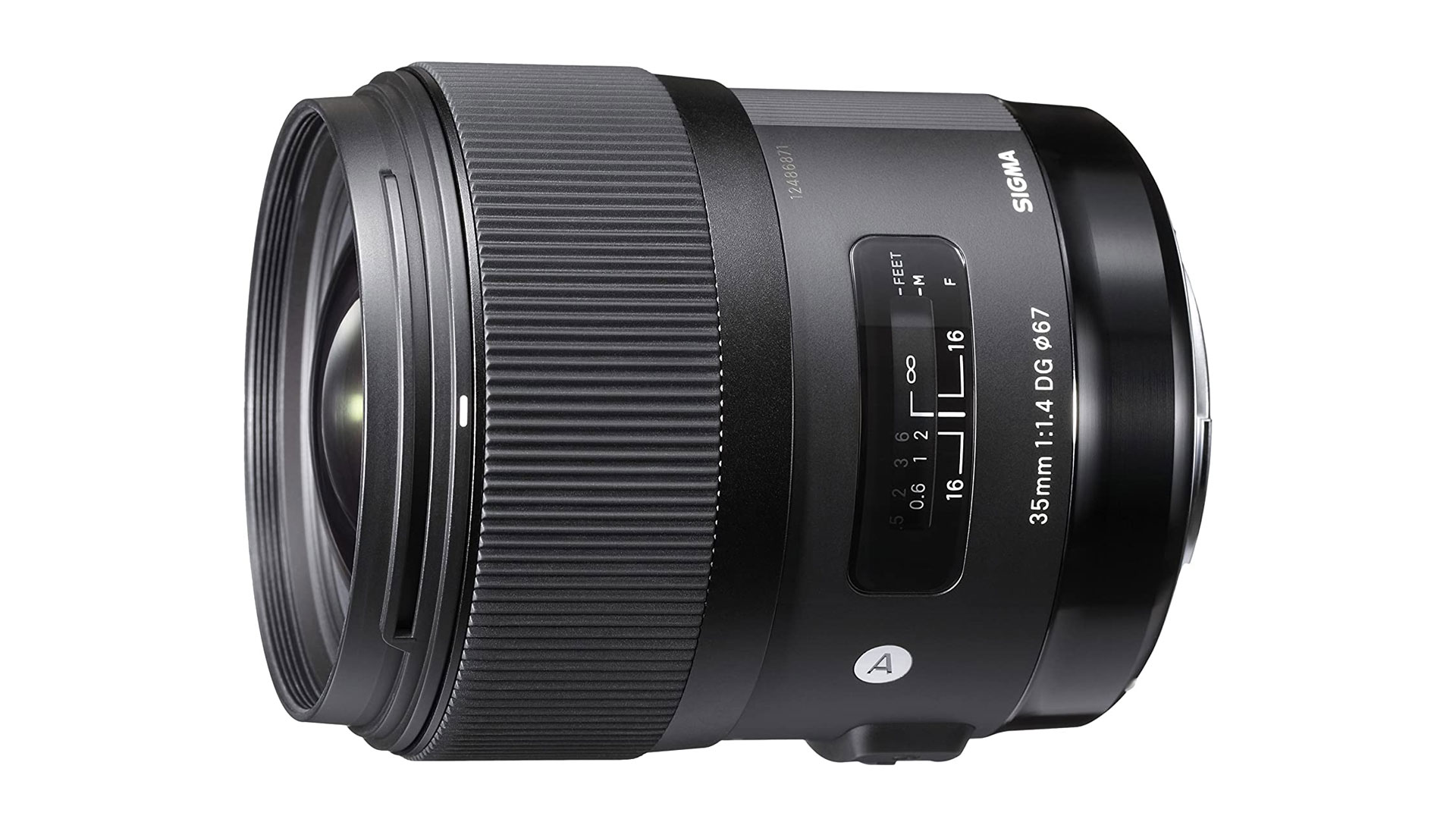
Specifications
Reasons to buy
Reasons to avoid
At about one-third of the price of Nikon’s own 35mm f/1.4, this Sigma Art lens is an absolute steal and doesn’t compromise on image quality. A fast f/1.4 aperture gives depth to images when shooting wide open, countering the wide-angle focal length of 35mm increasing the depth of field
A useful lens for environmental portraiture, it’s also small enough for street or travel photography, where a wide field of view and flare-less results are paramount with changing light conditions and compositions. However, those seeking to shoot in all weather should be aware there are no weather seals built into the lens.
Read more Sigma 35mm f/1.4 DG HSM Art review
Best portrait photography lens for the D850
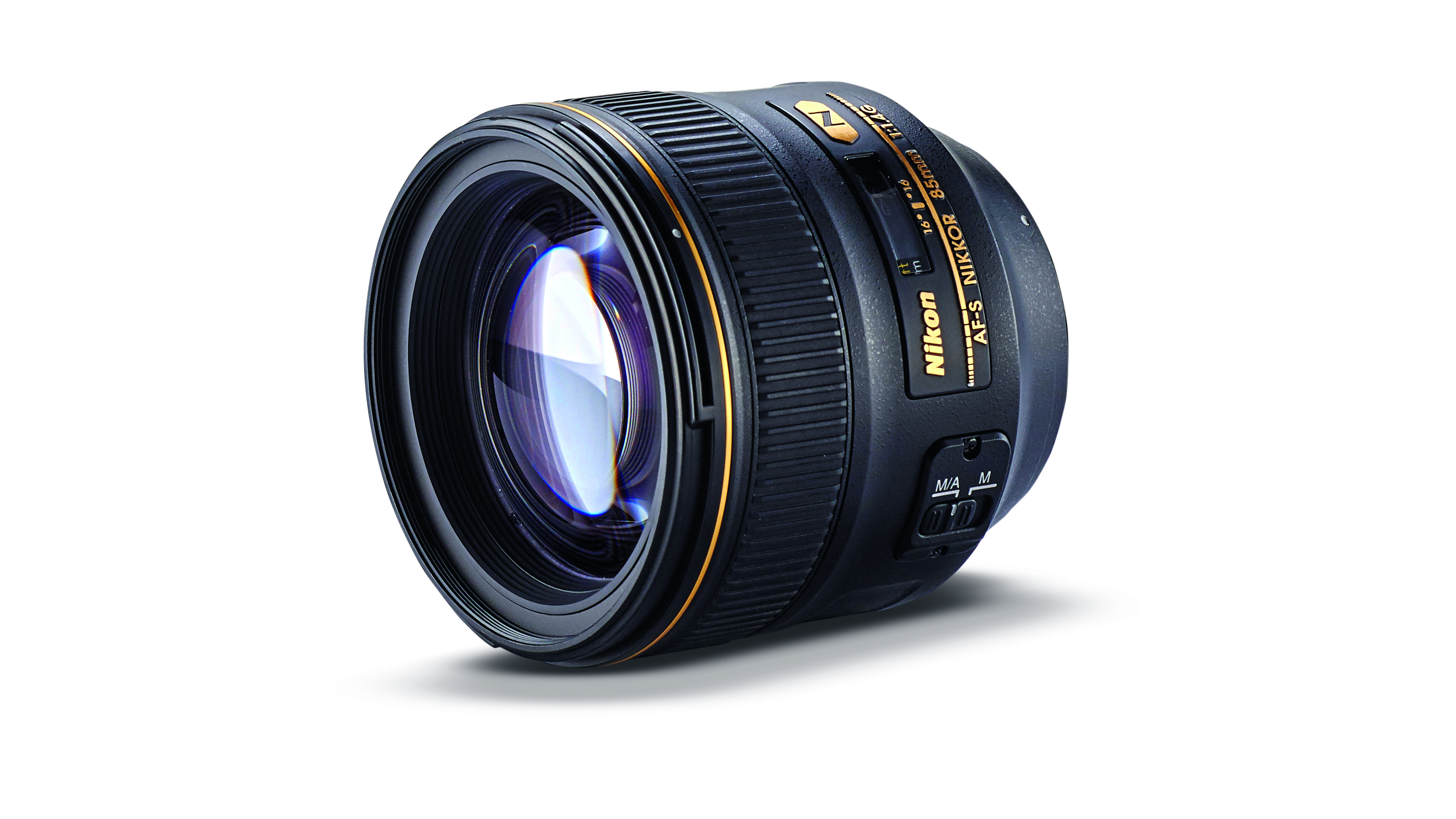
Specifications
Reasons to buy
Reasons to avoid
Known as ‘the’ portrait lens, its image quality is valued by many Nikon shooters, not just owners of the D850. But it does pair well with this camera thanks to the fast autofocus, great image clarity, and complementary perspective compression.
The combination of an 85mm focal length and fast f/1.4 aperture gives an extremely shallow depth of field, which is great for isolating subjects in portraiture and still-life photography but demands very accurate focusing. However, I've found that this lens gives unparalleled quality and absolutely stellar results.
Read more: Nikon AF-S 85mm f/1.4G review
Best telephoto lens for the D850

Specifications
Reasons to buy
Reasons to avoid
Portraits, landscapes, concerts, wildlife, sports, this can do it all. A fast, constant aperture, powerful four-stop Vibration Reduction, and superior lens coatings make it a lens for any event. Extensively weather-sealed all round, it can be taken into any environment without worry of ingress from dust, dirt, water, or anything else.
The 70-200mm zoom range is ideal for flattening facial features and isolating subjects from busy backgrounds. Studded with lens controls all along the lens barrel, it’s easy to recompose, whether shooting handheld or on a tripod. It even features automatic tripod detection to avoid engaging VR when not needed.
Read more: Nikon AF-S 70-200mm f/2.8E FL ED VR review
Best super-telephoto lens for the D850
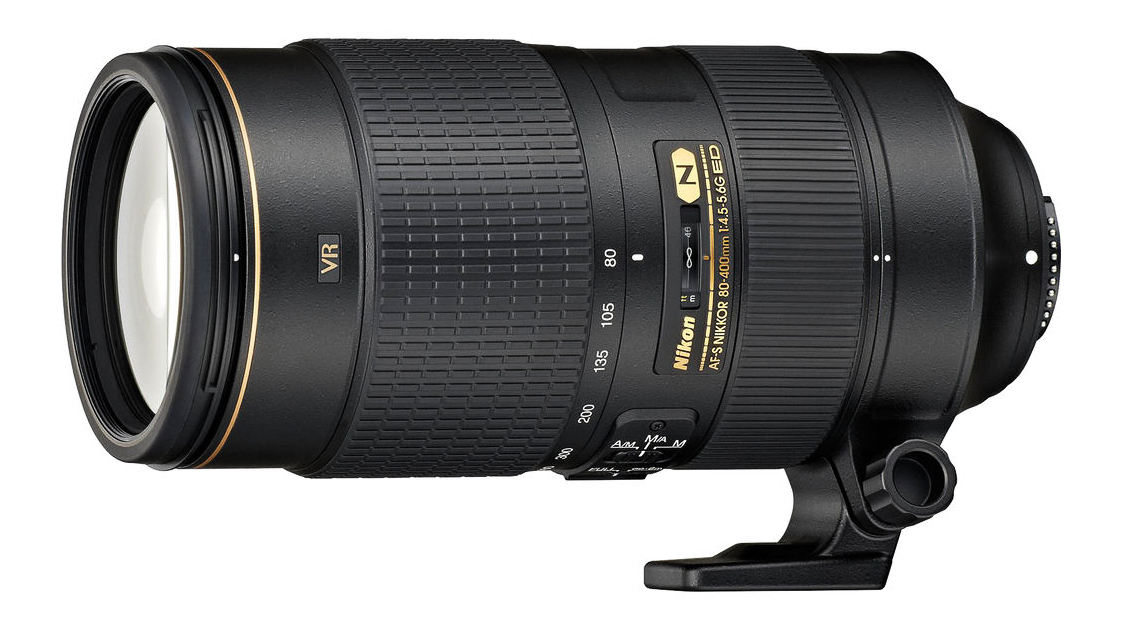
Specifications
Reasons to buy
Reasons to avoid
Nikon’s original AF 80-400mm was the company’s first lens to feature Vibration Reduction, but had a notoriously slow autofocus speed. This replacement AF-S zoom has a typically fast and near-silent ring-type ultrasonic autofocus that works beautifully with any Nikon DSLR. It is a great addition to the D850's lens arsenal, offering a generous telephoto zoom range that makes it suitable for action and wildlife photography – without burdening you with the weight or the price tag of a telephoto prime.
While it obviously lacks the fast maximum aperture of an f/2.8 prime, it more than makes up for this with its reduced bulk and lower purchase price. It's a great performer that delivers excellent image quality.
Read more: Nikon AF-S 80-400mm f/4.5-5.6G ED VR review
Best ultra-telephoto lens for the D850
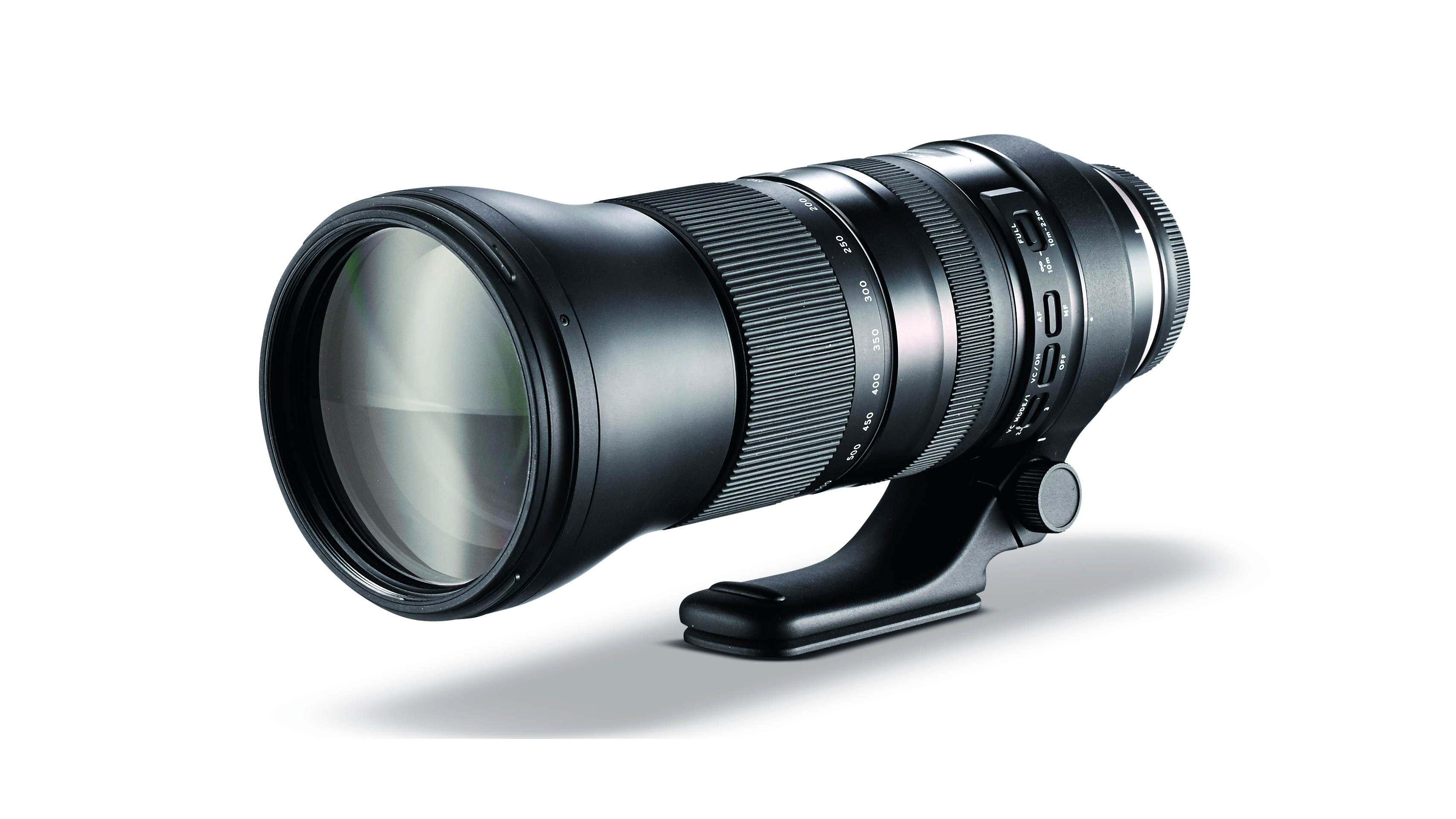
Specifications
Reasons to buy
Reasons to avoid
This second-generation (G2) version of one of the best 150-600mm lenses has been rebuilt by Tamron, with improvements in autofocus, stabilization, and flare control. Low Dispersion elements help keep distortion and aberration to a minimum when shooting at either end of the focal length range. It's ideal for sports, action, and wildlife, however, the narrow maximum aperture range means it’s best used in daylight or under bright stadium lighting.
Its enhanced Vibration Compensation offers 4.5 stops of optical stabilization to make shooting handheld a practical possibility, considering it’s just a shade over 2kg in weight.
Read more: Tamron SP 150-600mm f/5-6.3 Di VC USD G2 review
Best macro lens for the D850

Specifications
Reasons to buy
Reasons to avoid
You might well be wondering why I've included an obsolete lens in this guide. Well, premium F-mount macro lenses are increasingly thin on the ground, especially with competing Sigma and Tamron alternatives also having been discontinued.
This was Nikon’s top-flight FX-format macro lens, offering a maximum of 1:1 magnification, and while you might not be able to find one brand new, it's well worth looking around for a secondhand bargain. It includes a ring-type ultrasonic autofocus system with fully internal focusing, 3-stop Vibration Reduction, and a Nano Crystal Coat to reduce ghosting and flare. Image quality is super-sharp, and is ideal for resolving the finest detail and texture in macro photography.
Read more: Nikon AF-S 105mm f/2.8 G IF ED VR Micro review
Lab data and comparisons
The graphs below show the comparative performance of the lenses in this guide, based on our in-house lab tests. Top spot for sharpness goes to the Sigma 35mm prime lens, although the Nikon AF-S 85mm and AF-S 70-200mm aren’t far behind. The Nikon AF-S 14-24mm is the worst for distortion – which is to be expected in such a wide-angle lens – while averaged figures very much flatter its edge-sharpness at the short end of its zoom range.
Scores for sharpness and color fringing are averaged from data taken across the entire image frame, from the center to the edges and corners, throughout the aperture range. For zoom lenses, the scores are also averaged from data measured at all marked focal lengths, and the same applies to distortion. Bear in mind that these average values don't fully reflect specific areas of performance. For example, a zoom lens might have noticeable barrel and pincushion distortion at its shortest and longest focal lengths respectively, which tends to average out when looking at the data overall. For more detailed graphs of each lens's performance, which give the full picture, check out our full standalone lens reviews.
How to choose the best lens for the Nikon D850
Which lenses fit the Nikon D850?
The D850 uses the Nikon F mount and is compatible with all lenses designed for that mount. Nikon’s own F-mount lenses have AF-S or AF-P at the start of their model names.
Some F-mount lenses are designed for use with APS-C format cameras rather than full-frame cameras, such as the D850. Nikon lenses that fall into this category have DX as part of their model names. While they physically fit on the D850, these lenses produce a cropped image. None of the lenses in this guide is a DX-format lens.
If you are buying a third-party lens for the D850, always check that it is designed for full-frame (or FX) Nikon cameras like the D850, rather than APS-C (or DX) Nikons.
The D850 is not able to use Z lenses, which are made for use with Nikon’s mirrorless Z cameras. If you upgrade to a Z camera later, you can buy an adapter that allows most F-mount lenses to work with your new camera.
How do I know which lens to get for my D850?
The reason there are so many types of lens in the first place is that different scenes demand different lens designs, particularly when it comes to focal length and aperture rating.
Usually, you will decide what you want to photograph, then get a lens with the focal length that suits the situation. For example, to shoot landscapes you will need a wide-angle lens, while for sports and wildlife you will need a telephoto.
You can watch this video that explains focal length: it helps you work out what kind of lenses you need for different genres of photography.
How we test lenses
The lens experts in our testing lab run a range of tests under controlled conditions, using the Imatest Master testing suite. Photos of test charts are taken across the range of apertures and zooms (where available), then analyzed for sharpness, distortion and chromatic aberrations.
We use Imatest SFR (spatial frequency response) charts and analysis software to plot lens resolution at the centre of the image frame, corners and mid-point distances, across the range of aperture settings and, with zoom lenses, at four different focal lengths.
There's more to it than just the technical side, though! Beyond the lab, our reviewers test lenses in real-world environments – and sometimes on professional shoots! We work with lenses both indoors and outdoors, in studio conditions and in natural light, with as many different subjects as is possible (or appropriate – there's no point testing a landscape lens' ability to shoot a portrait!).
We take into account everything from handling and ease of use to speed of autofocus and the overall quality of the images produced.
Find out more about how we test and review on Digital Camera World
Get the Digital Camera World Newsletter
The best camera deals, reviews, product advice, and unmissable photography news, direct to your inbox!
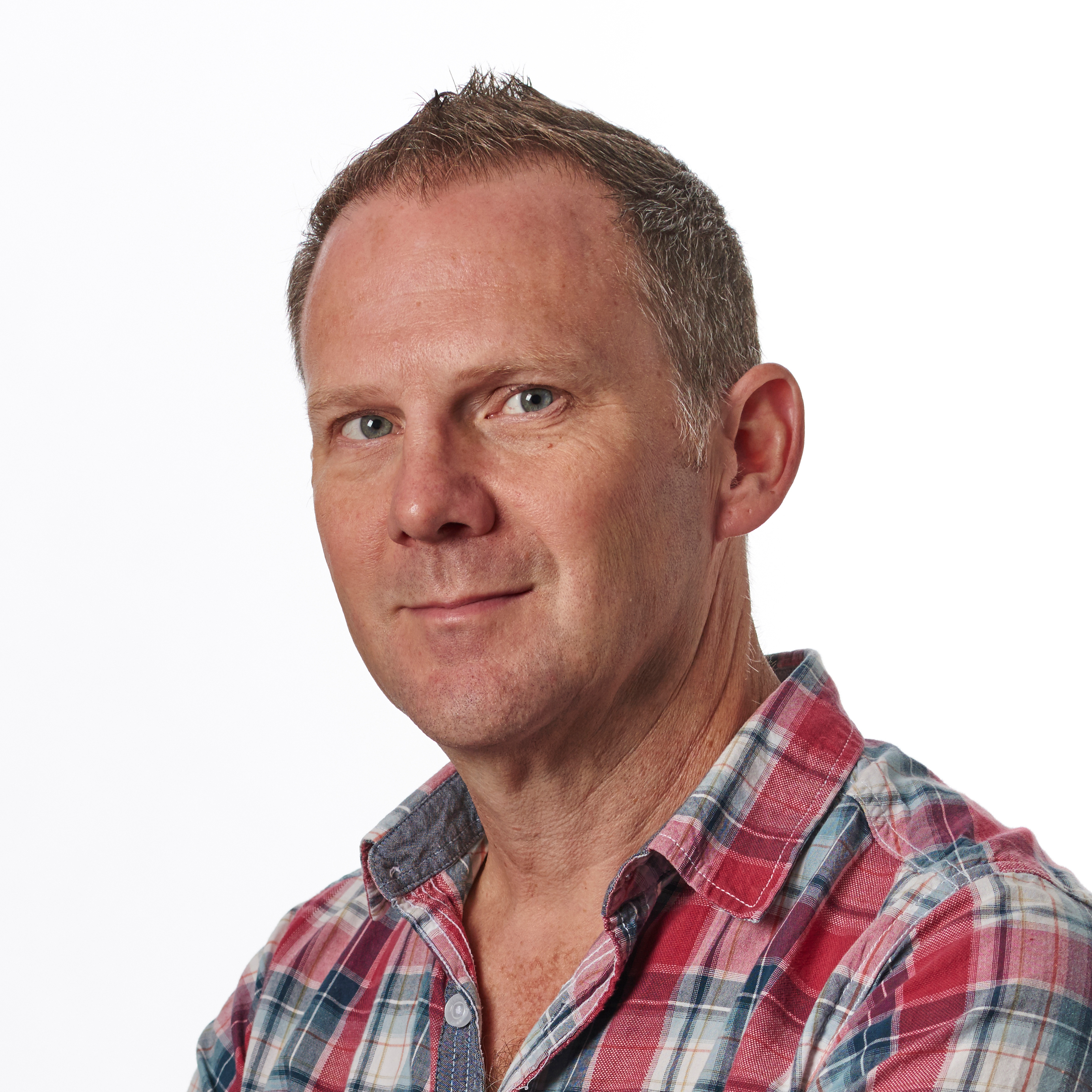
Prior to joining digitalcameraworld.com as Guides Editor, Adam was the editor of N-Photo: The Nikon Magazine for seven years, and as such is one of Digital Camera World's leading experts when it comes to all things Nikon-related.
Whether it’s reviews and hands-on tests of the latest Nikon cameras and lenses, sharing his skills using filters, tripods, lighting, L brackets and other photography equipment, or trading tips and techniques on shooting landscapes, wildlife and almost any genre of photography, Adam is always on hand to provide his insights.
Prior to his tenure on N-Photo, Adam was also a veteran of publications such as PhotoPlus: The Canon Magazine, so his wealth of photographic knowledge isn’t solely limited to the Big N.
